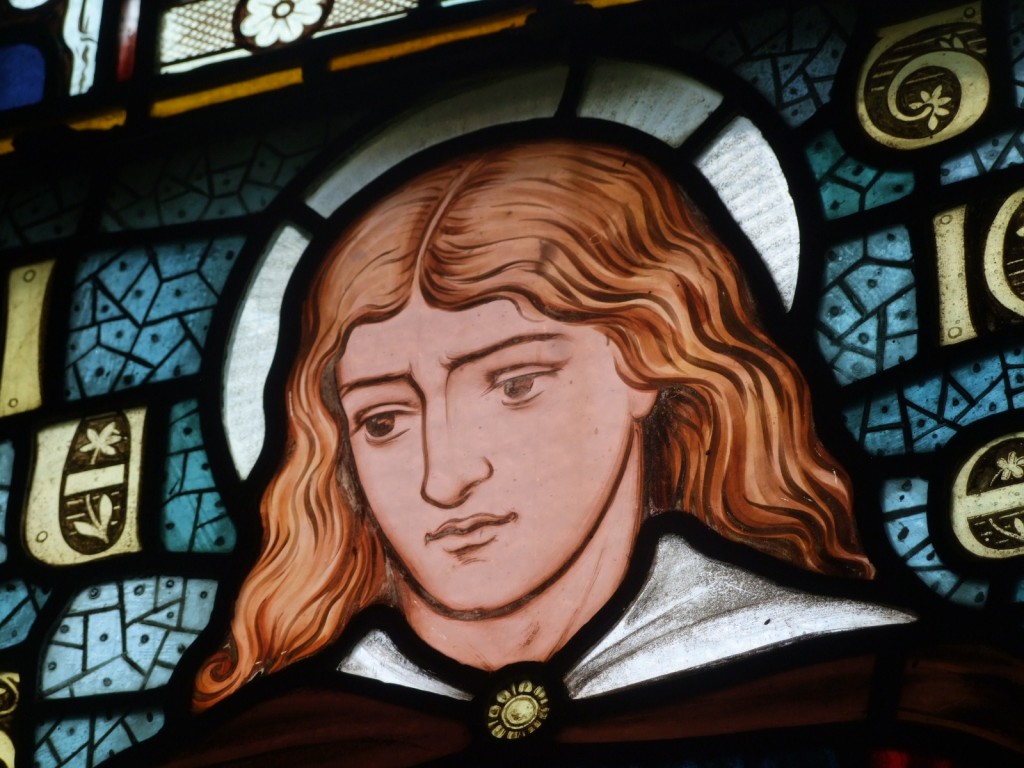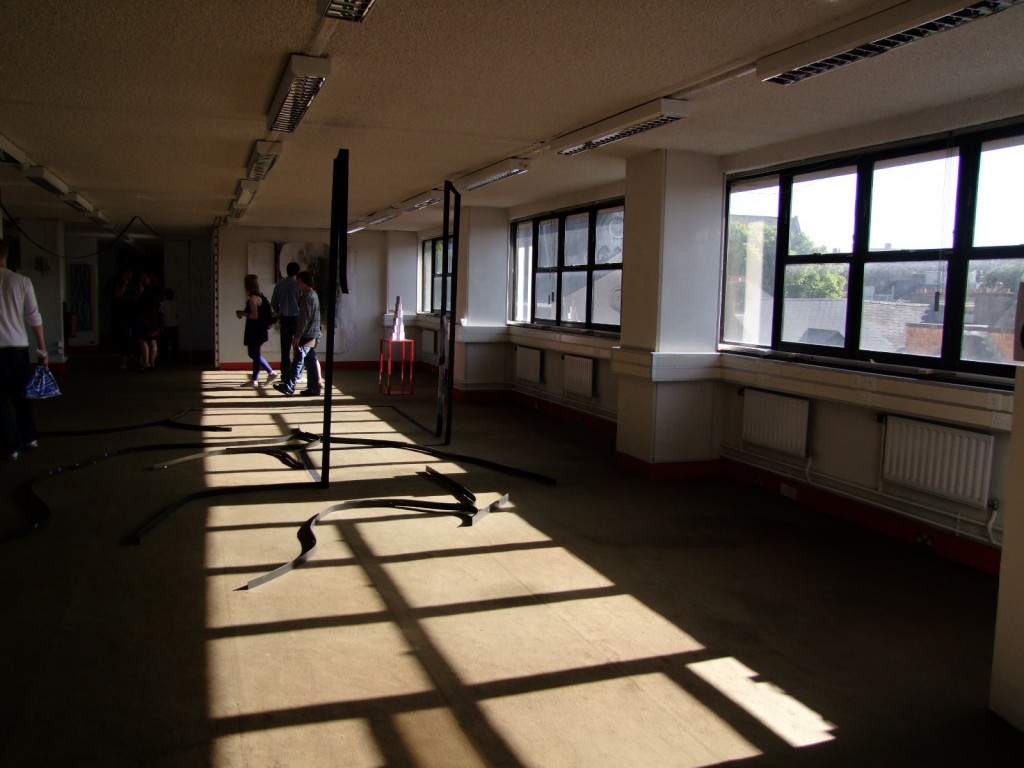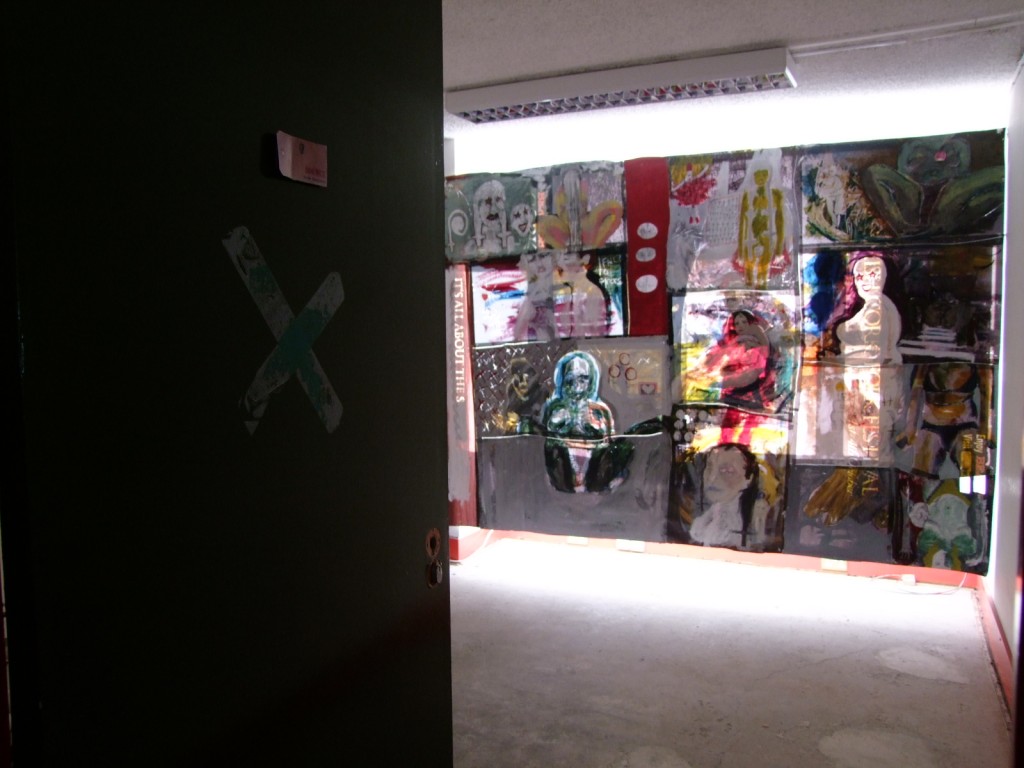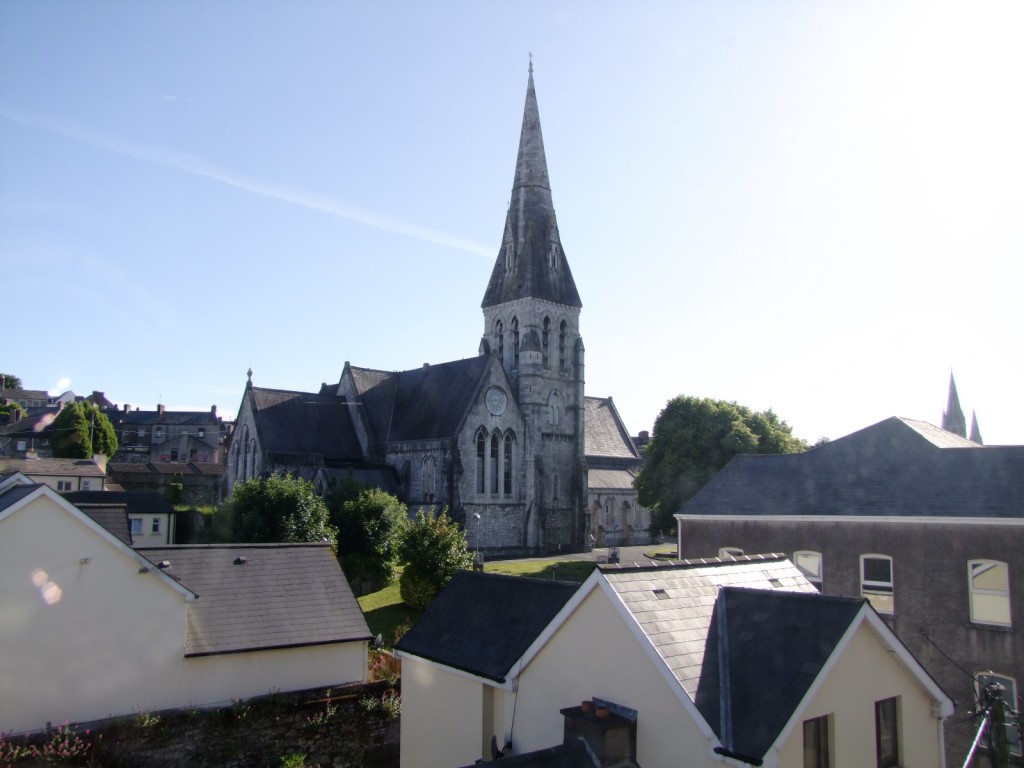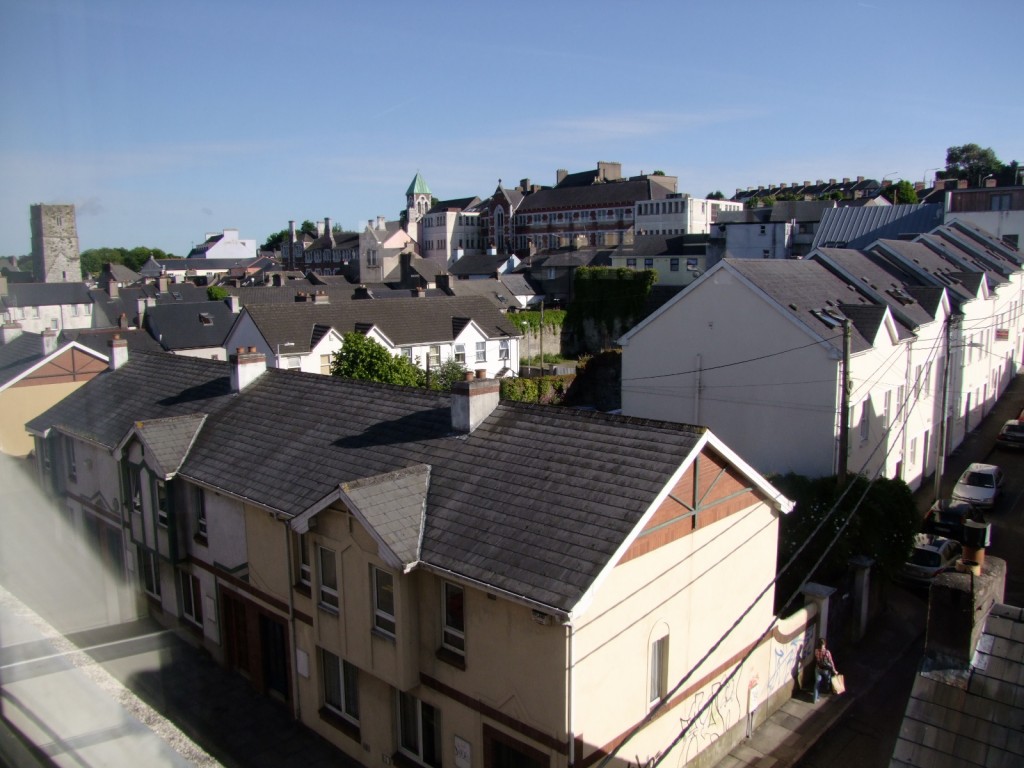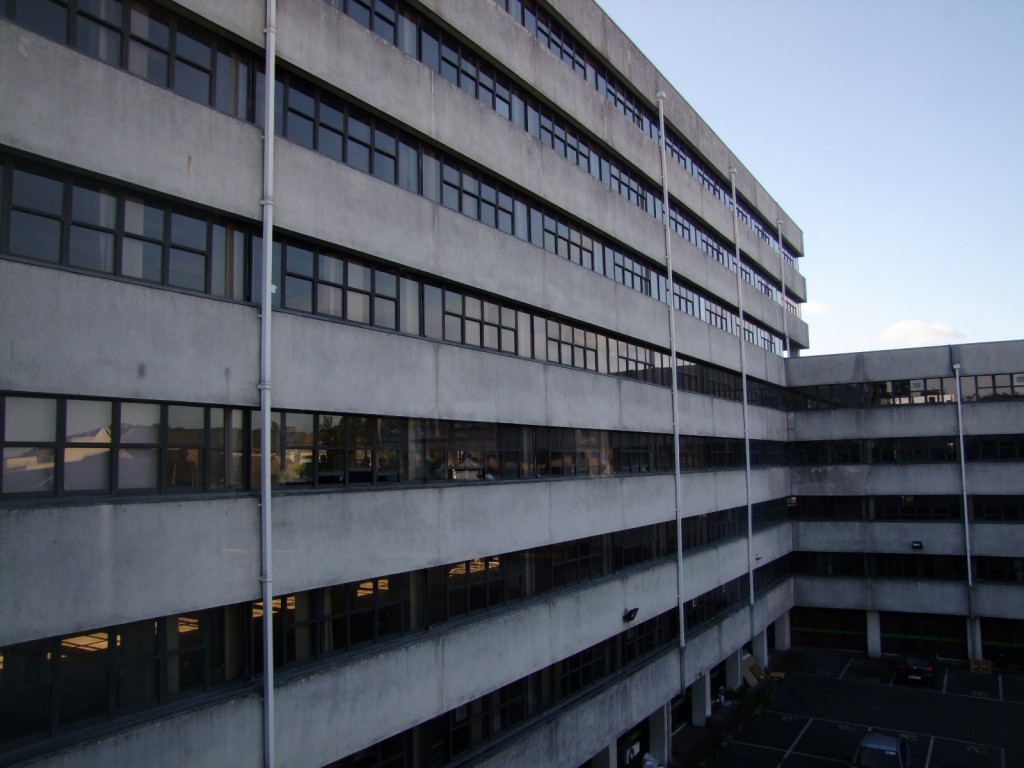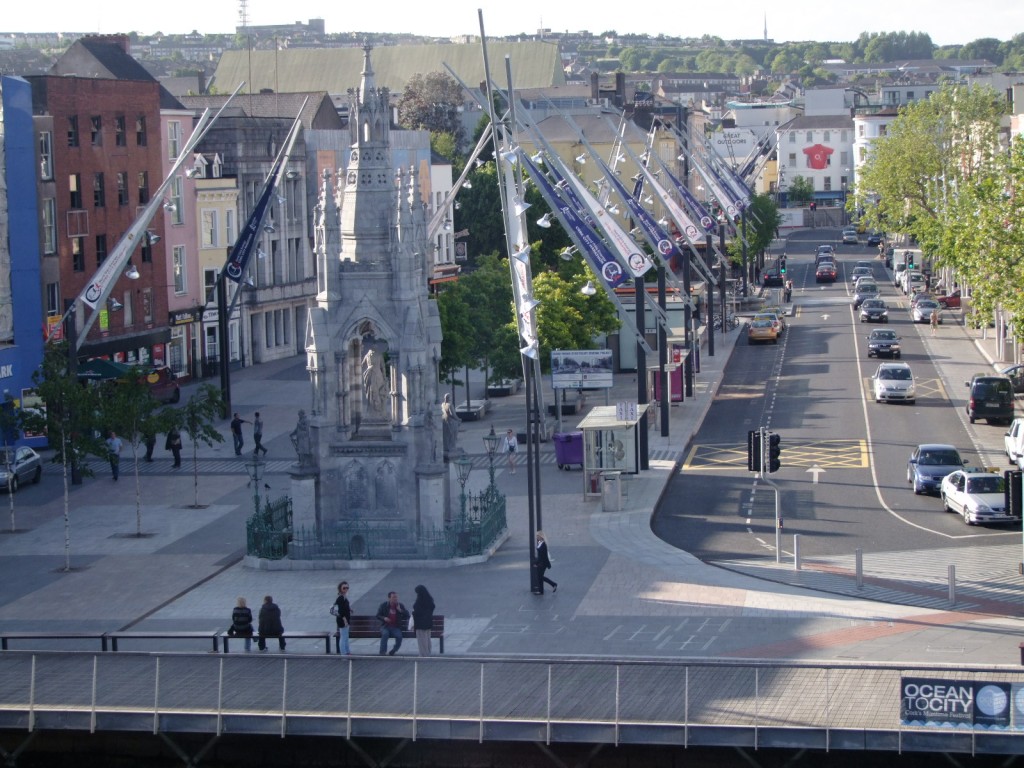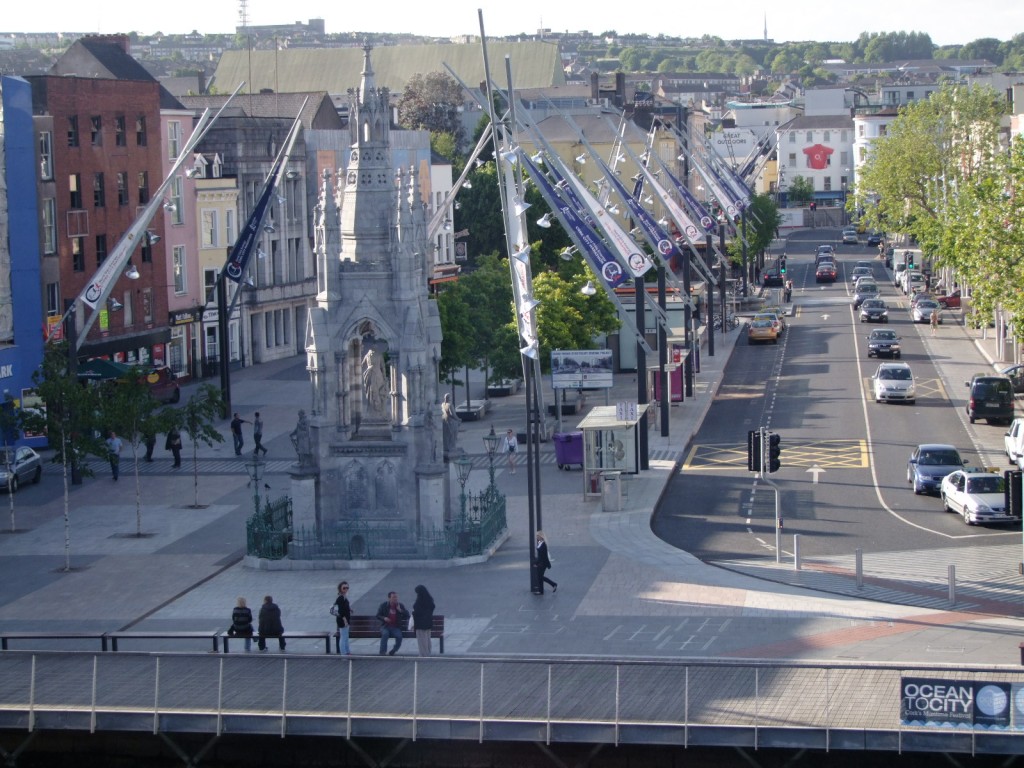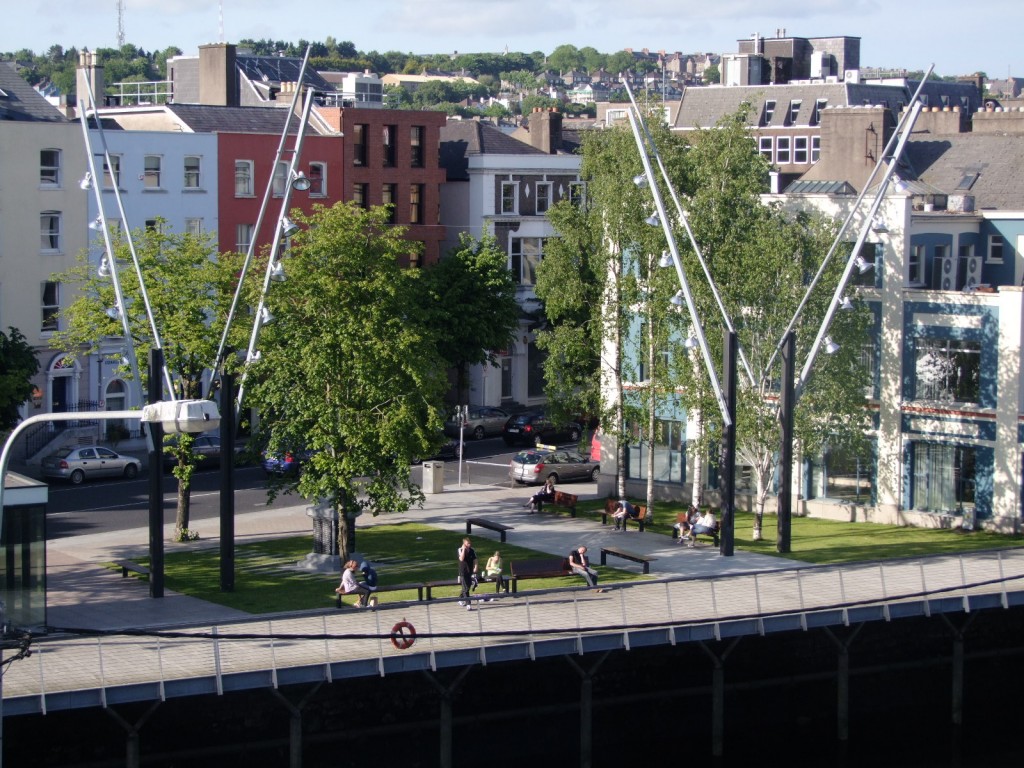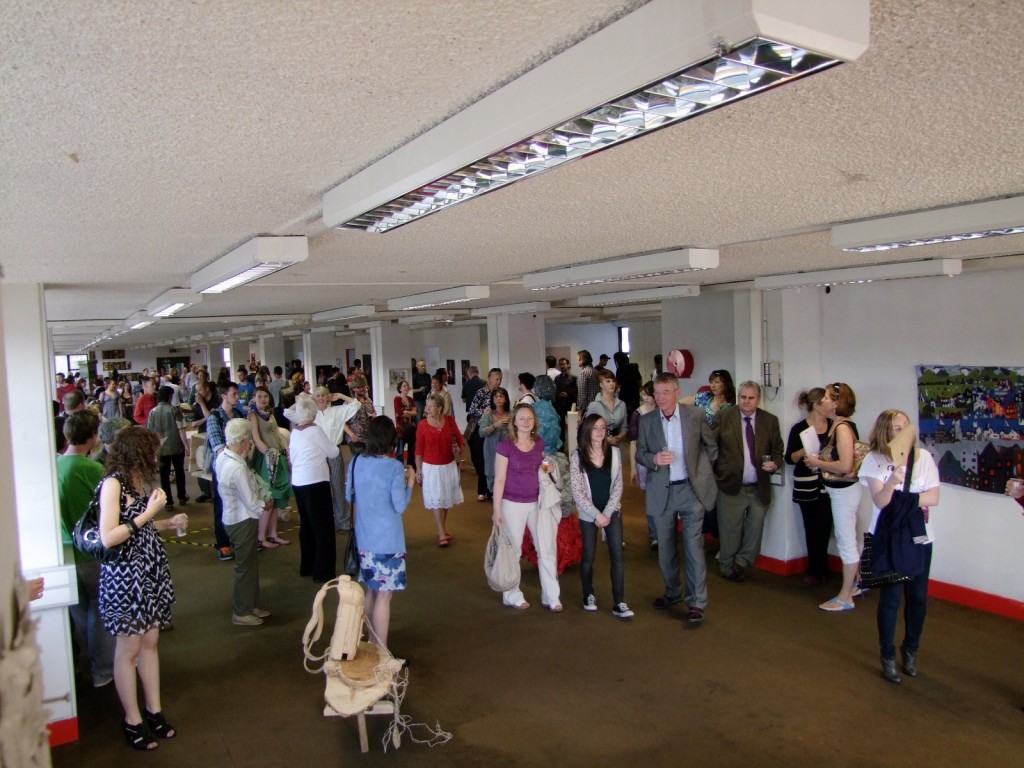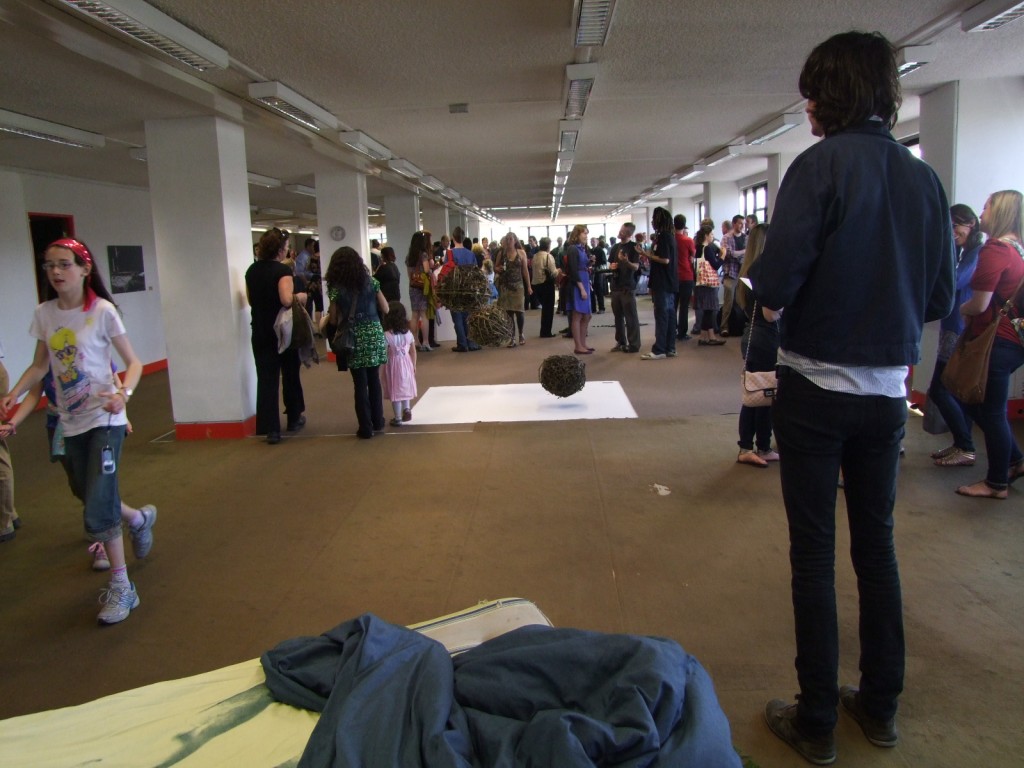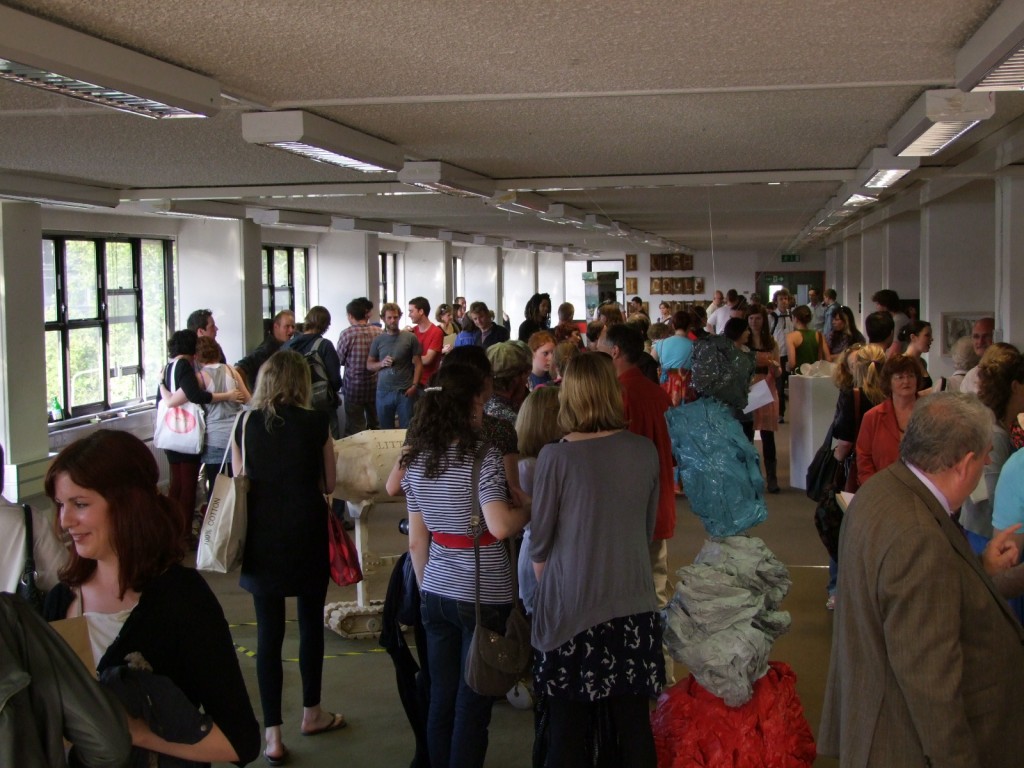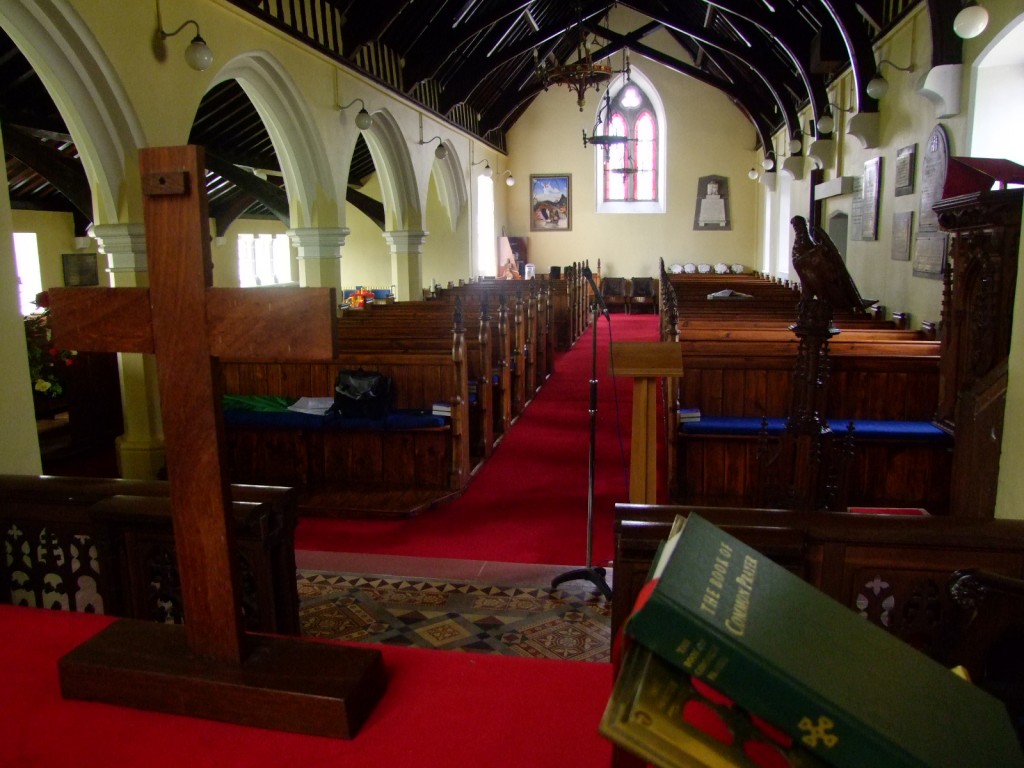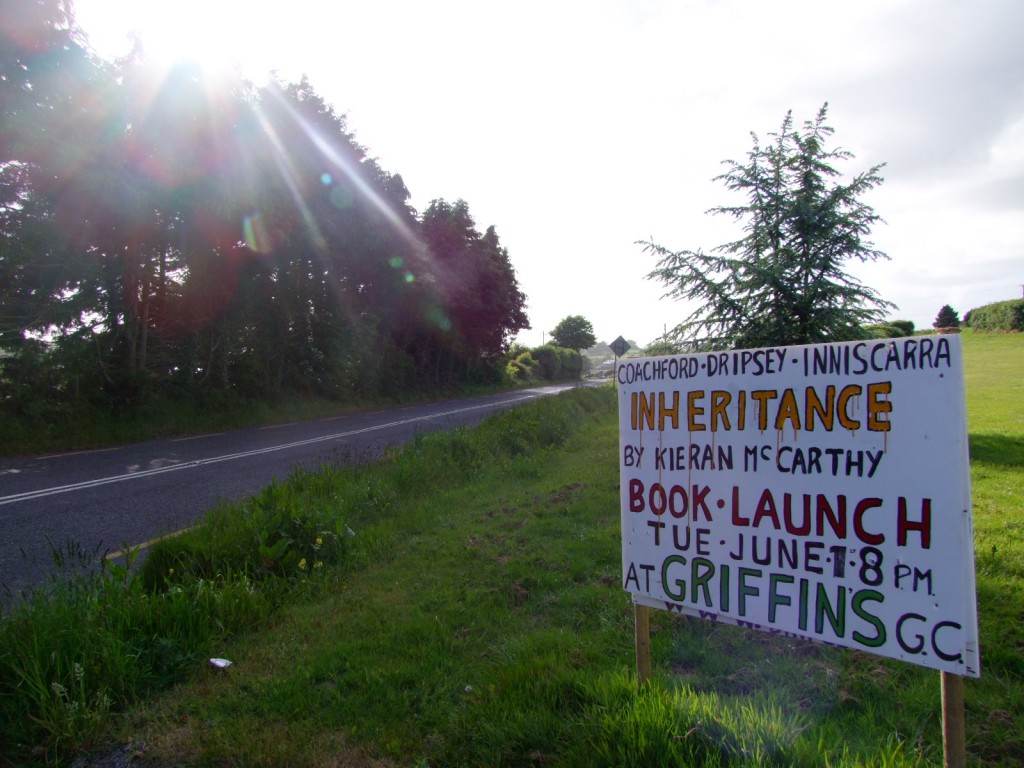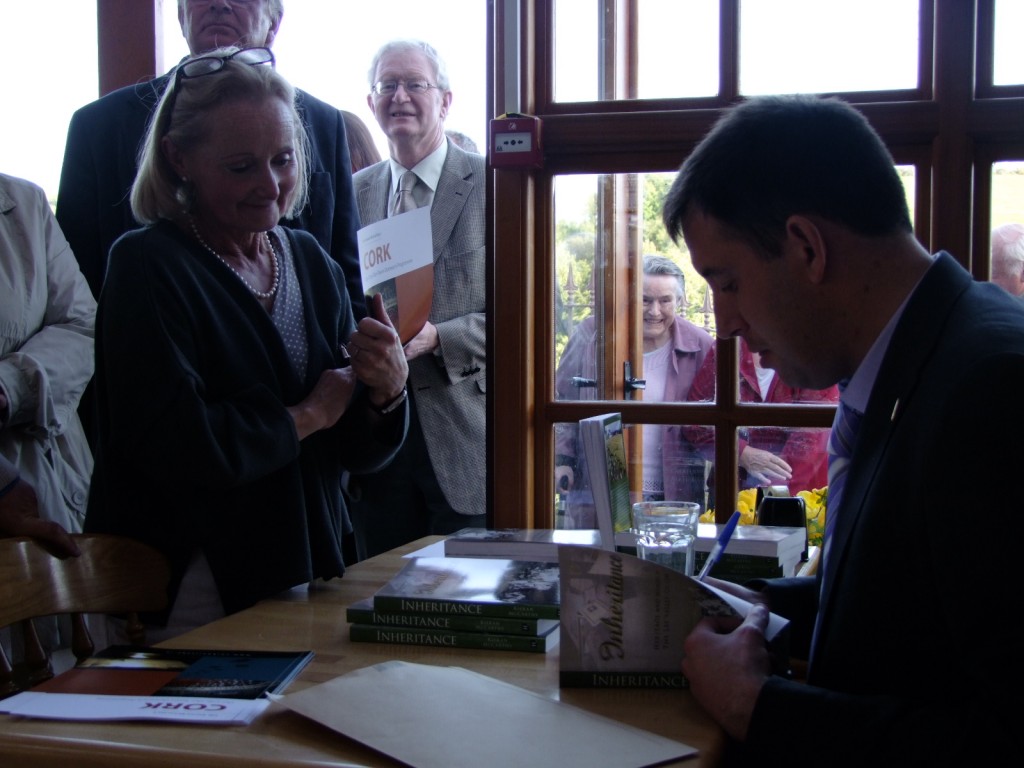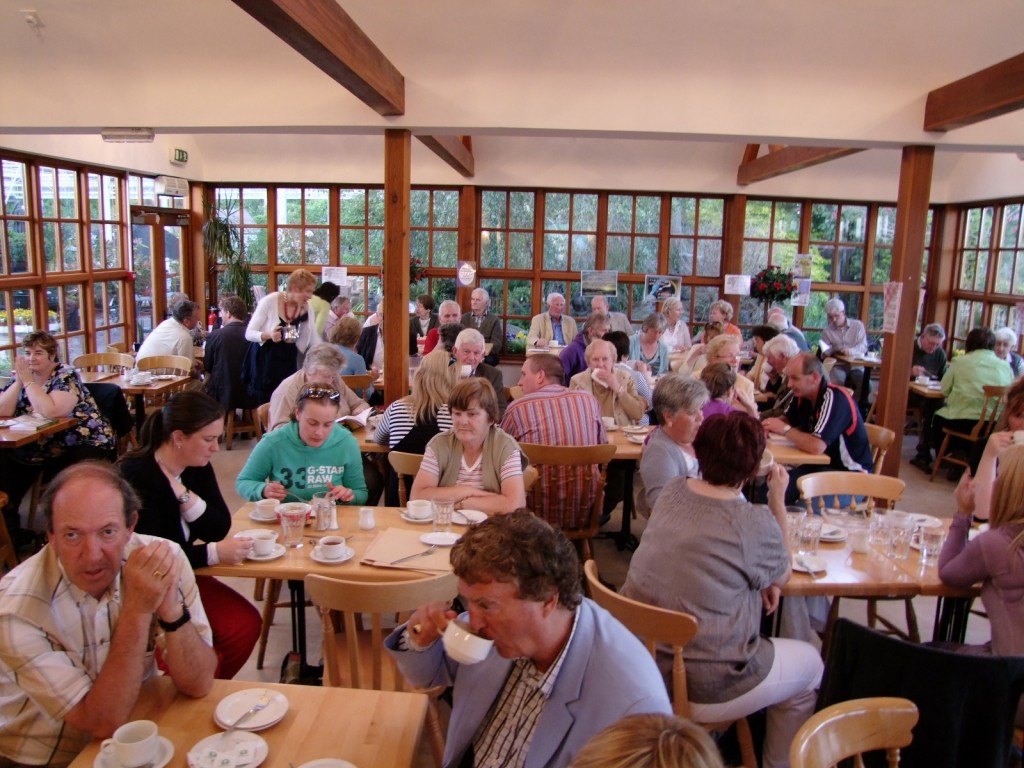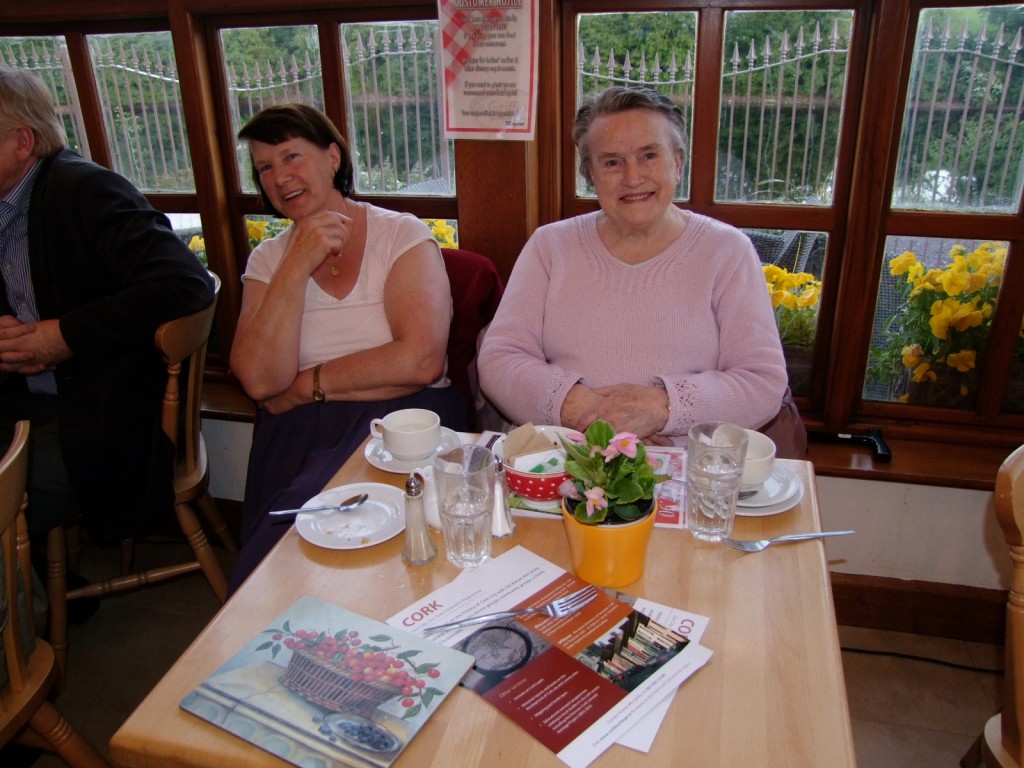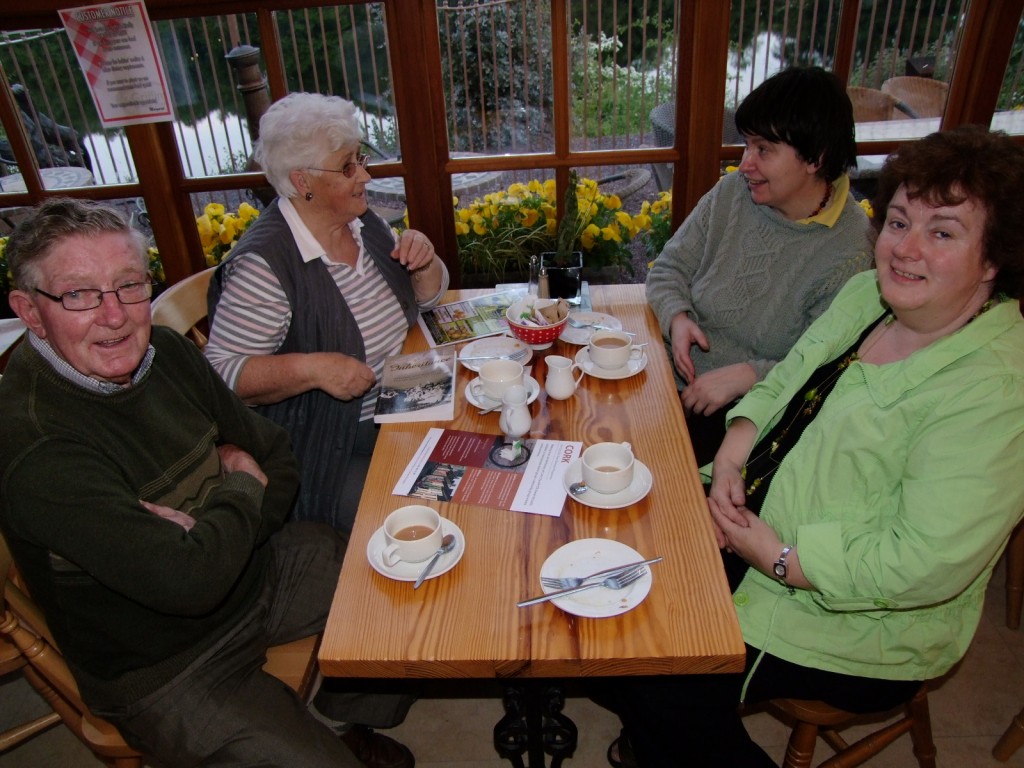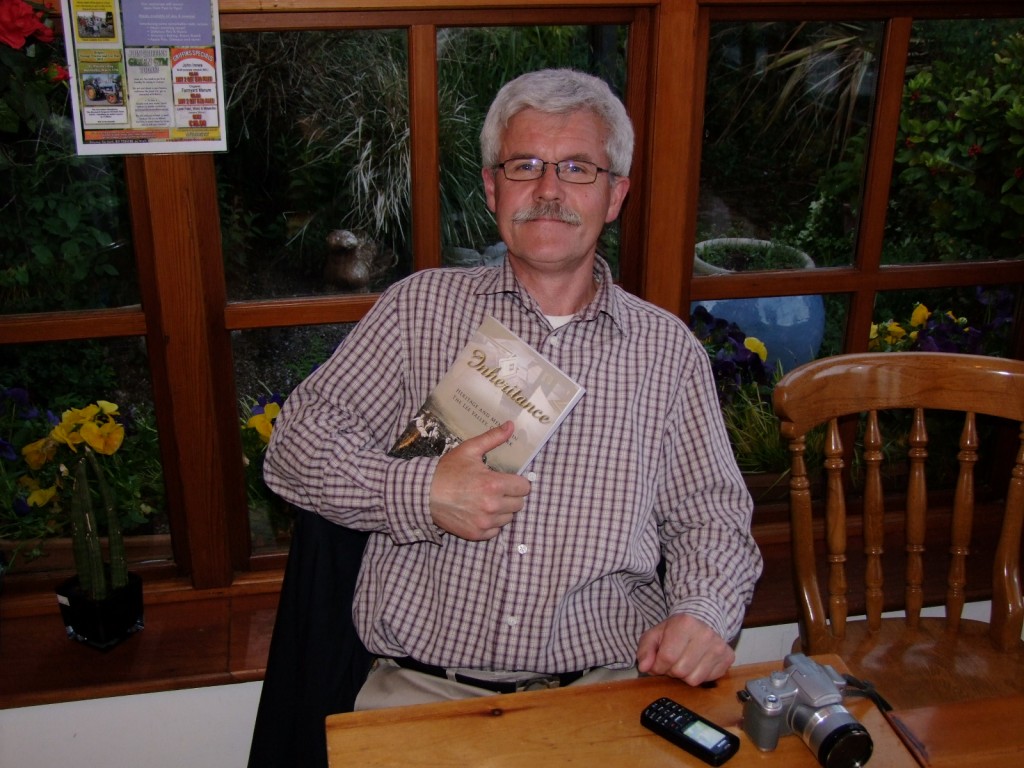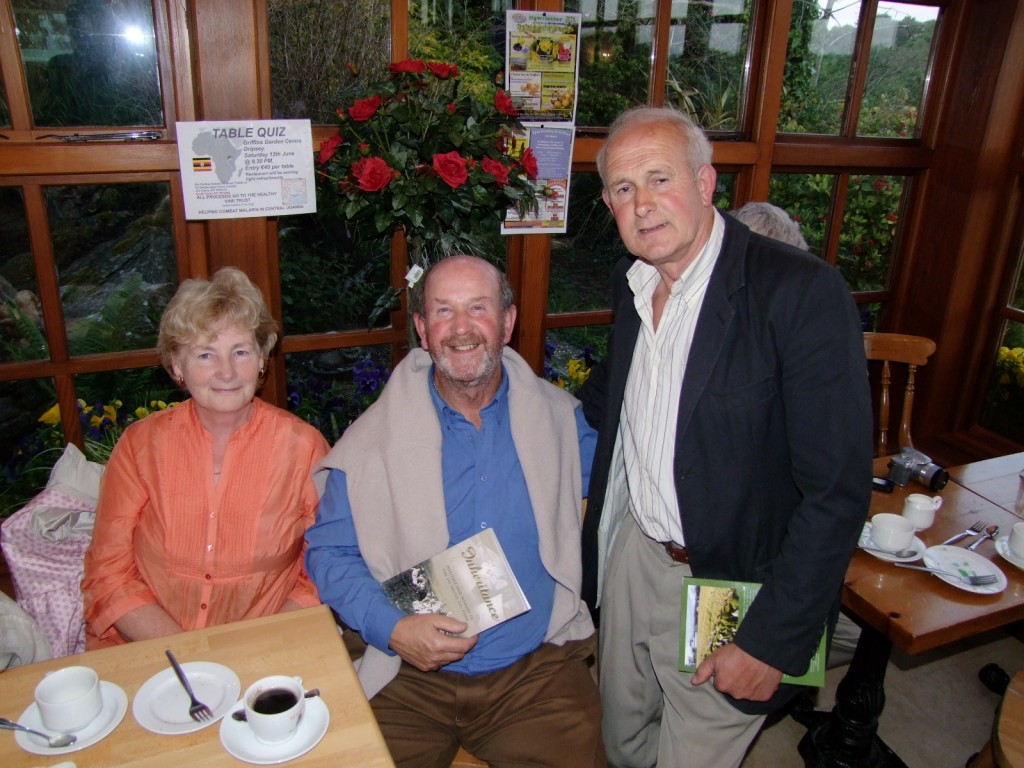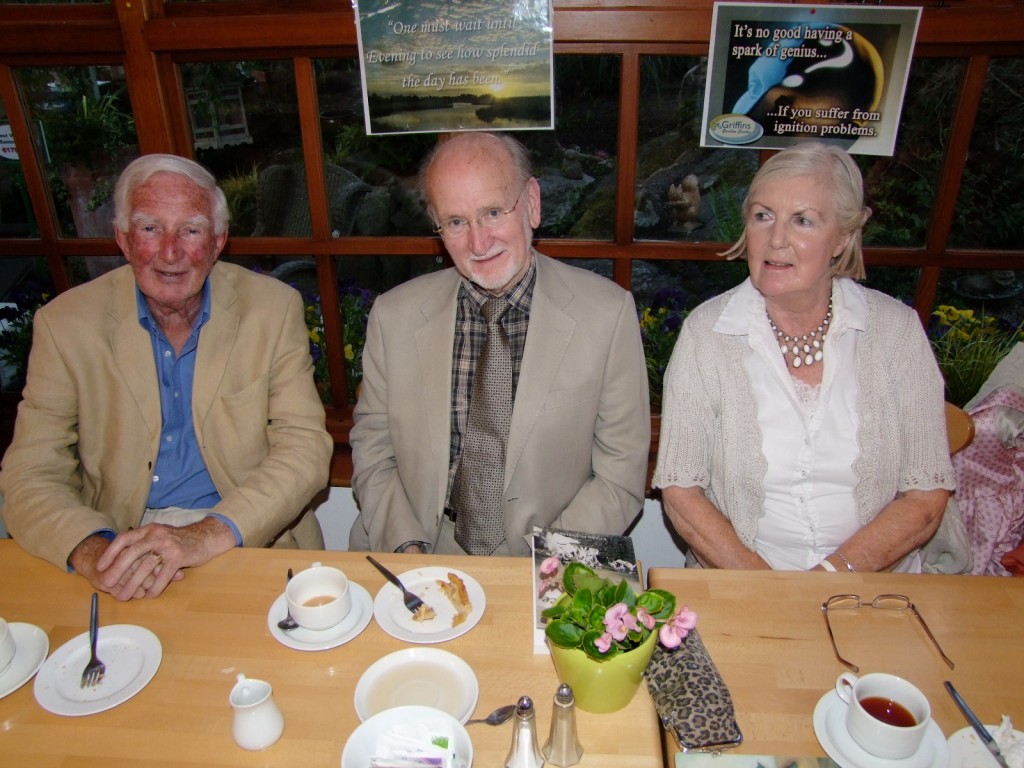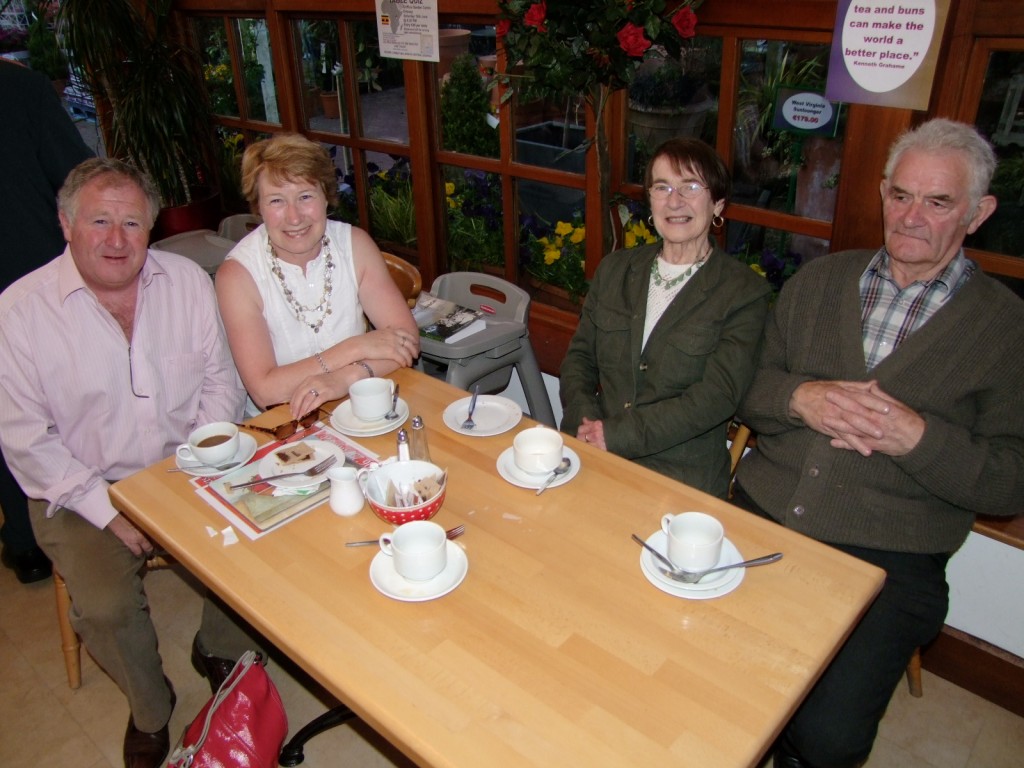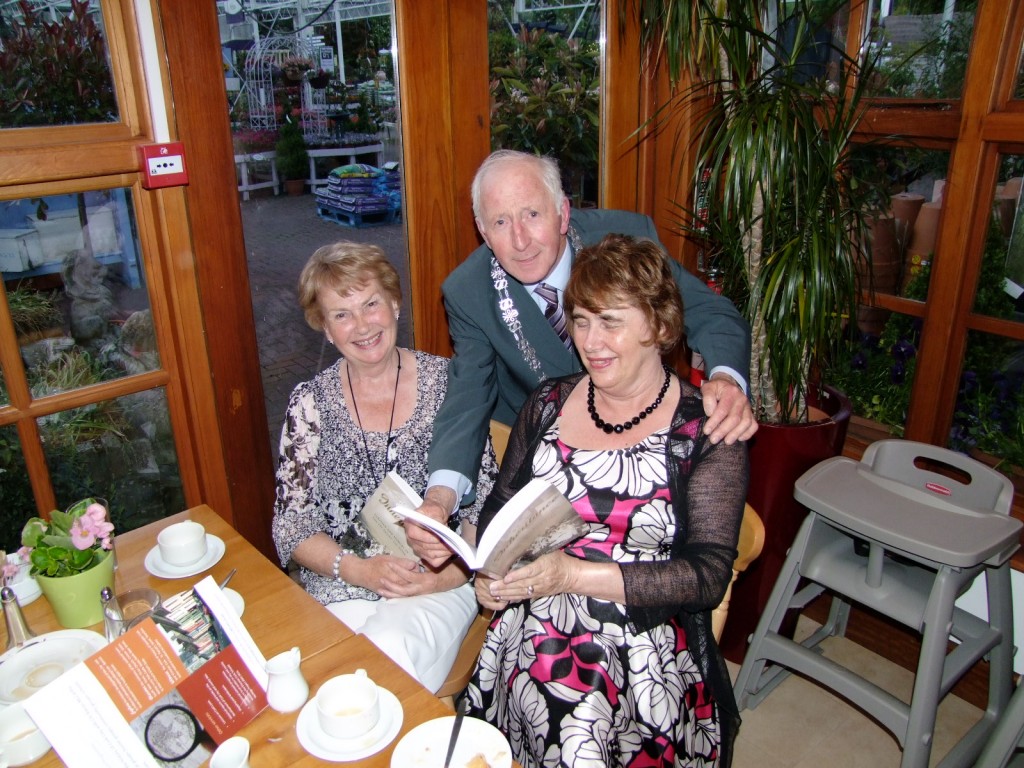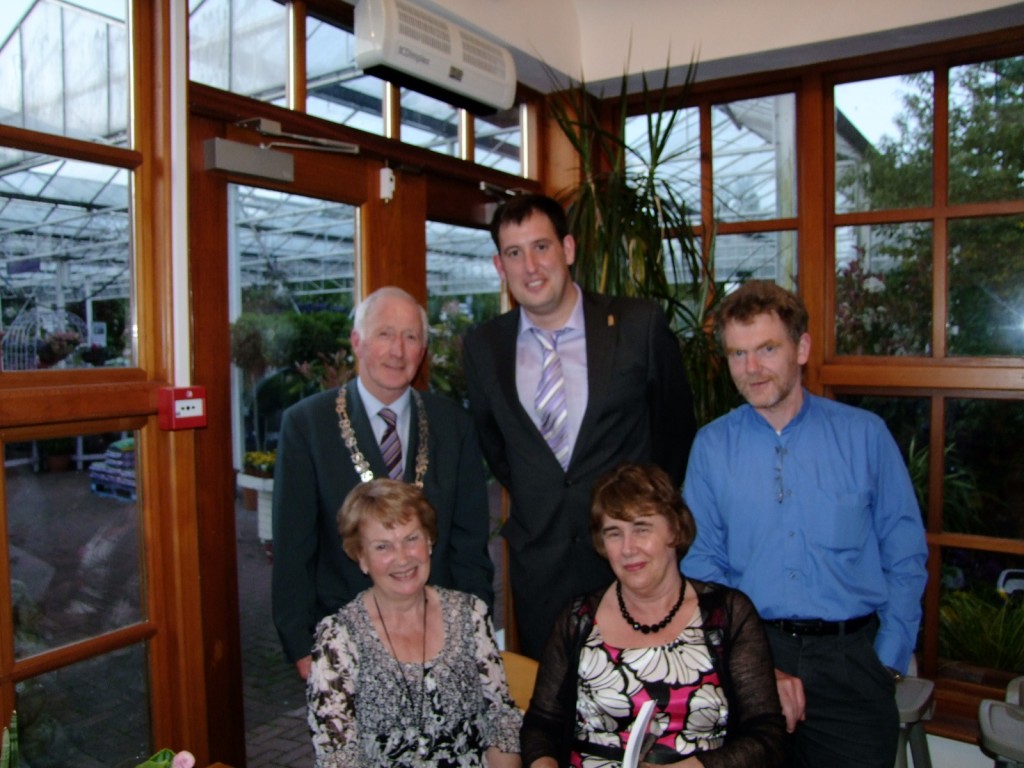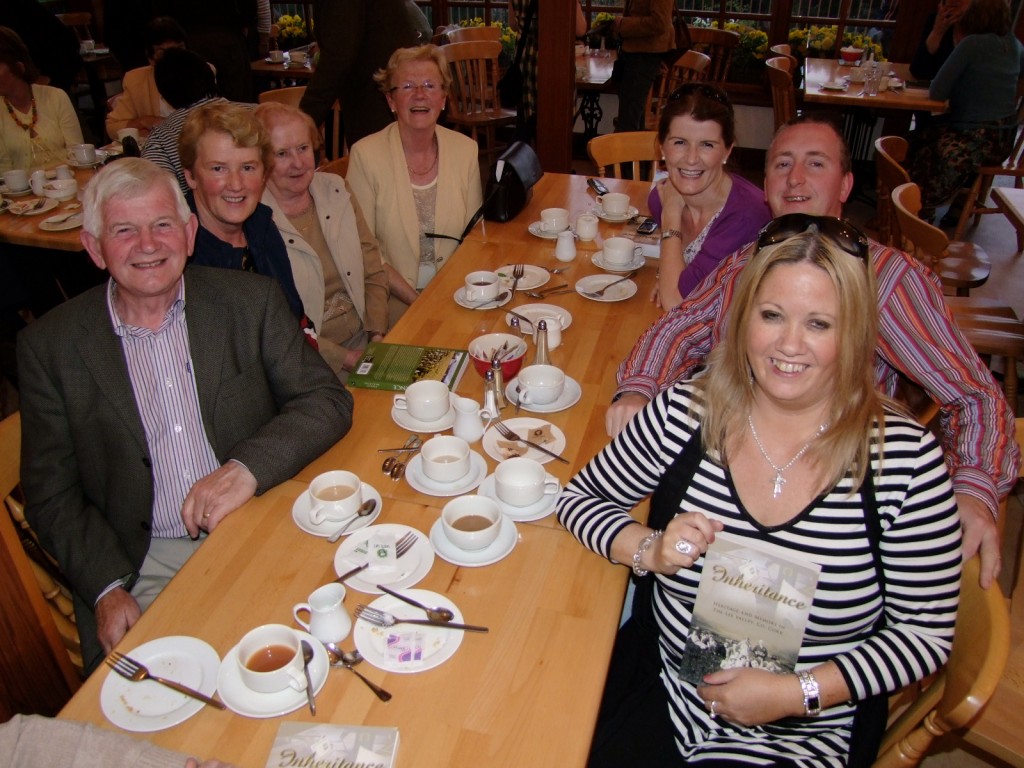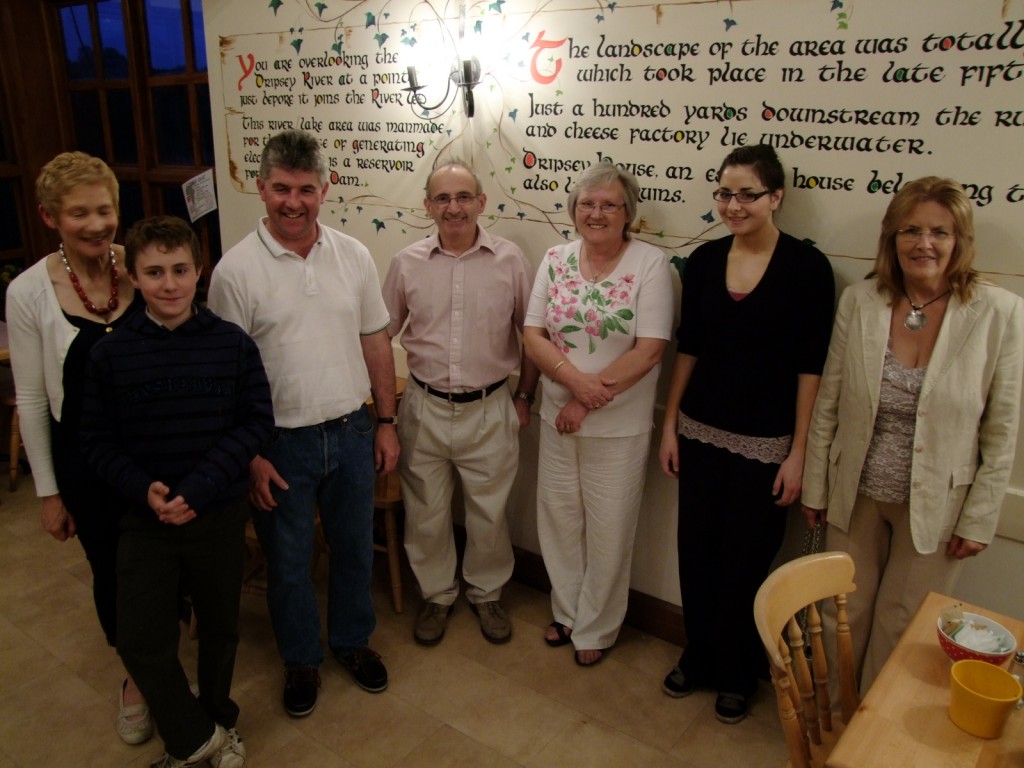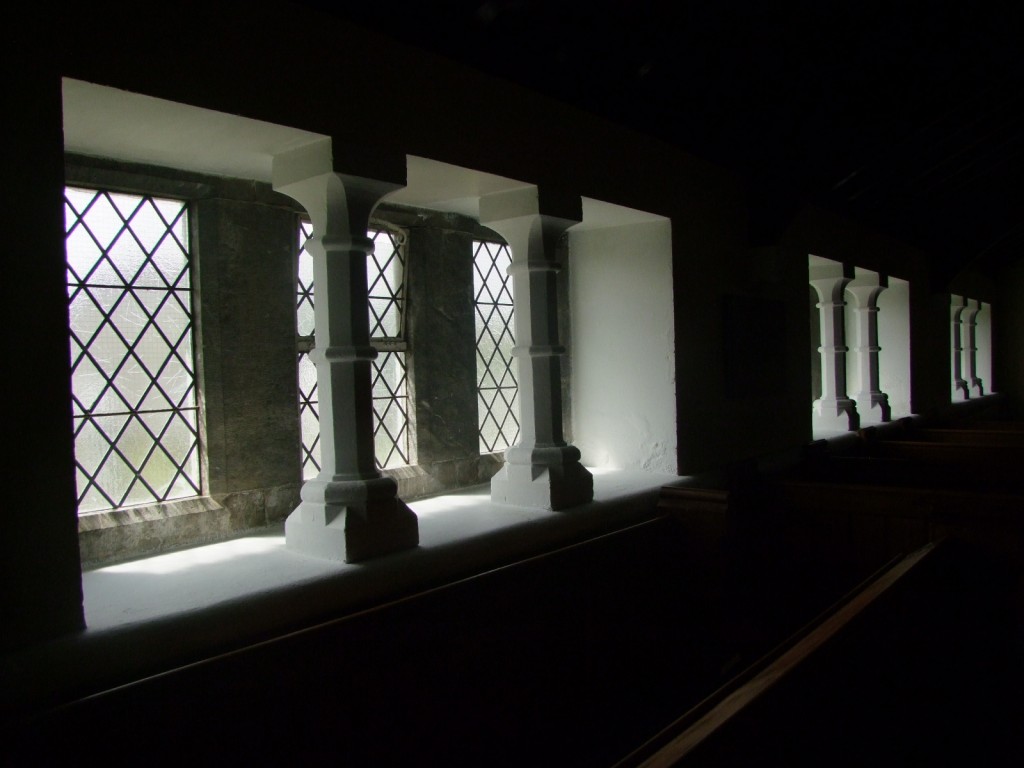
Kieran’s Our City, Our Town article, Cork Independent
In the Footsteps of St. Finbarre (Part 215)
Through the Stained Glass
The stained glass window seems to not only remember Arthur Lionel Tobin of Ballincollig and his tragic death in action in India but also connects to other places and worlds of thinking. The stained glass window holds the threads in a sense of other stories as well – people, conflicts, plots, and metaphors across spatial and temporal boundaries. Here seems to be a coloured world that provokes the imagination.
The window connects to a biblical literature. The window depicts morals – indeed perhaps a view of a world that spans time and space. The three figures are contained with a gothic frame – two of the images contain significant actions – the taking of a winged dragon from a castle and the third holding a sword. Reading up about temperance in the context of the bible, it involves action is self-preservation. Virtues aligned with temperance tend to include abstinence, sobriety, chastity, purity, continence, humility, gentleness, clemency, modesty and lack of greed. The virtue of fortitude enables a person to stand firm against and endure the hardships of life and to remain steadfast in pursuit of what is good.
The window In St Peter’s Church, Carrigrohane was executed by Henry Holiday and W.G Saunders, two major figures in stained glass art of the nineteenth century. London man, Henry Holiday was an English historical genre and landscape painter, stained glass designer, illustrator and sculptor. He is considered to be a member of the Pre-Raphaelite school of art. In particular he spent alot of time in the Lake District. He spent much of his time sketching the views which were to be seen from the various hills and mountains.
In 1861, Henry Holiday (1839 –1927) accepted the job of stained glass window designer for Powell’s Glass Works in Whitefriars in North Yorkshire. Interestingly he took over after Sir Edward Coley Burne-Jones had left to work for Morris & Co. Sir Edward was an eminent British artist and designer. He was closely involved in the rejuvenation of the tradition of stained glass art in England. Henry Holiday was a frequent visitor to the studios of Sir Edward Burne-Jones at his home in London and Sir Edward’s influence on him is said to be felt in his work.
Powell’s Glass Works made stained glass windows and by 1854 the firm were experimenting with the chemical mixes to achieve medieval coloured glass for Charles Winston, an authority in cathedral and church window restoration. Through his recommendation Powell was supplying Sir Edward Coley Burne-Jones with stained glass muff with the right mix of air bubbles and brilliant natural colours to match medieval glass. Soon Powell Glass Works was commissioning cartoons from Edward Burne-Jones, Henry Holiday, Anning Bell, Edward Poynter, Ford Maddox Brown and George Cattermole.
Henry Holiday in his time at Powell’s fulfilled over 300 commissions, mostly for customers in the USA. It was in the early stage of his move to Powell’s, that he was engaged in the design of St Peter’s Carrigrohane. Henry Holiday left in 1891 to set up his own glass works in Hampstead, producing stained glass, mosaics, enamels and sacerdotal objects. Apart from Carrigrohane, Holiday’s stained glass work can be found all over Britain but some of his best is at Westminster Abbey (the Isambard Kingdom Brunel memorial window, 1868), St. Luke’s church in Kentish Town and St. Mary Magdalene in Paddington (1869). Henry Holiday was also involved in illustrating Lewis Carroll’s ‘The Hunting of the Snark’, and the first edition of ‘Through the Looking Glass’.
W. Gualbert Saunders (1837-1923) appears as a pupil of William Burges in 1865 and made furniture and tiles for him but the association was based on the supply of stained glass. Saunders was briefly associated with Henry Holiday in the 1860s He started his own manufactory in 1869 and made stained glass for the Gothic Revival architect William Burges in the 1870s. Saunders employed designers such as eminent stained glass artist Christopher Whitworth Whall and Horatio Walter Lonsdale, an architectural artist.
It is possible that Dr Henry T.M. Hodder sought out artists such as Henry Holiday and W.G. Saunders to carry out the wishes of the Tobin Family. On the death of Dr. Hodder in 1864, Rev. Robert Samuel Gregg (1834–1896) became the next precentor. Gregg was originally from Belfast and was educated in Trinity College Dublin from which he attained an MA in 1860. He was incumbent of Christ Church, Belfast for a time. He became rector of Frankland and chaplain to John Gregg as bishop of Cork, 1862.
In 1865, John Gregg became rector of Carrigrohane and preceptor of St. Finbarre’s Cathedral, Cork. He received his doctorate from Trinity College Dublin in 1873 and in 1874 became Dean of Cork. During his time at St. Finbarre’s Cathedral, he would have overseen the work of William Burges who was designing and with a team building a new cathedral. Subsequently in 1875, John became bishop of Ossory, Ferns, and Leighlin and Bishop of Cork in 1878. He later became archbishop of Armagh in 1893. In 1866-7, Rev. Gregg invested in a new annexe to the body of St. Peter’s Church after plans by William Burges.
To be continued…
Captions:
543a. Windows in William Burges’ designed annexe, built c.1866, St. Peter’s Church, Carrigrohane (pictures: Kieran McCarthy)
543b. Close up of ‘fortitude’- stained glass window
